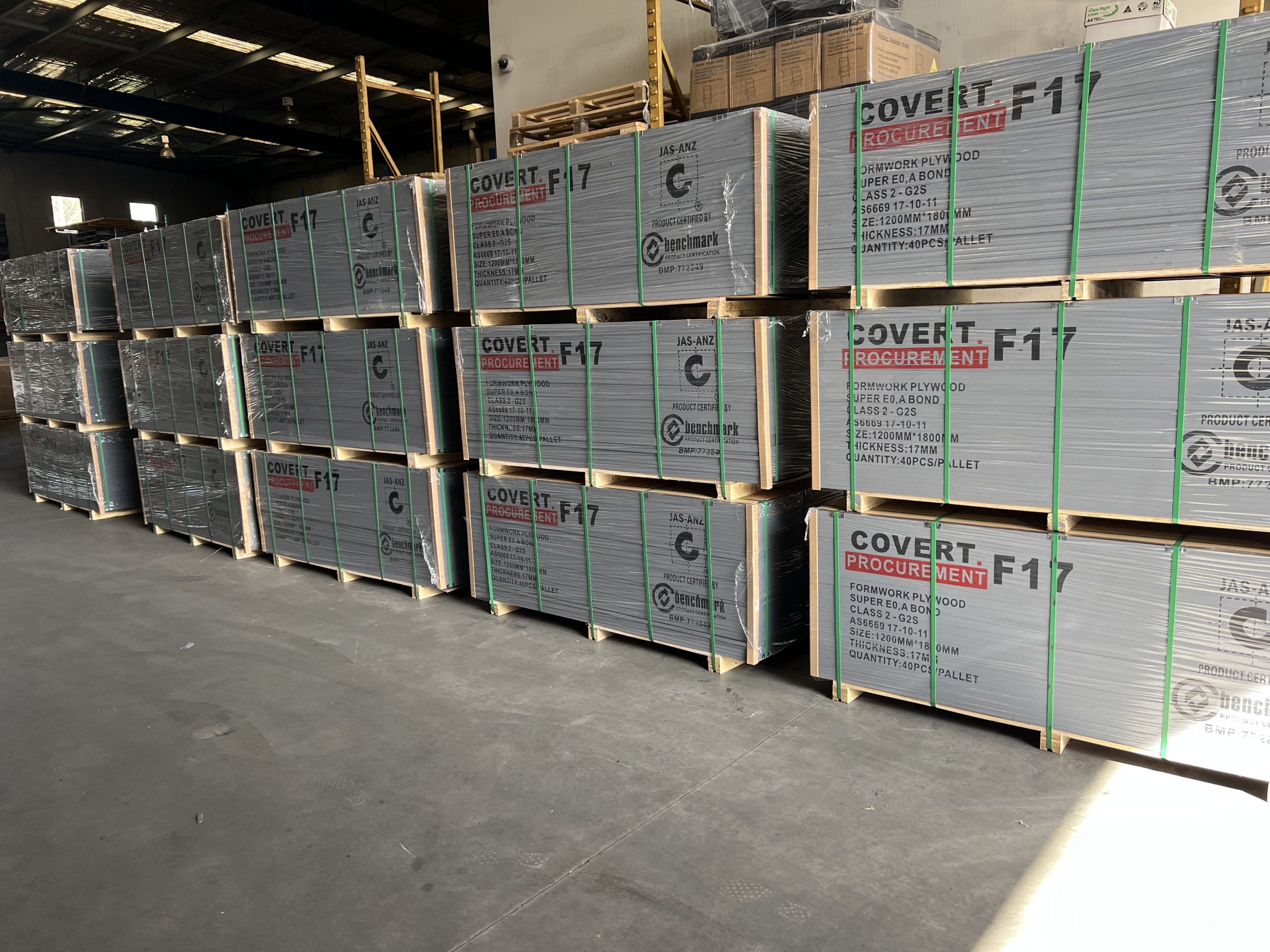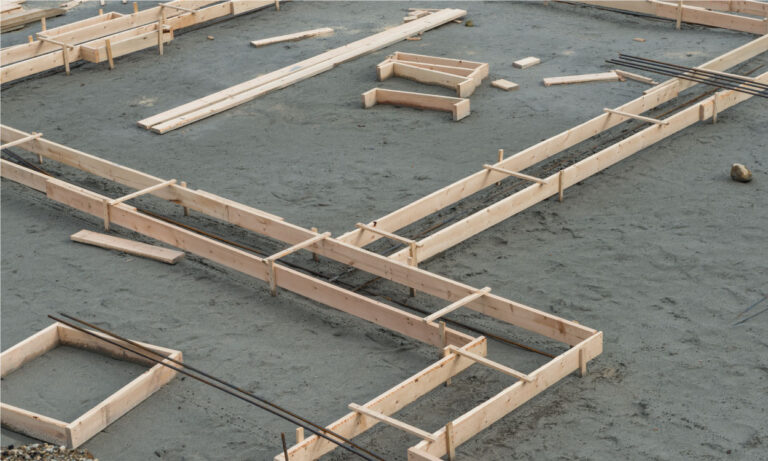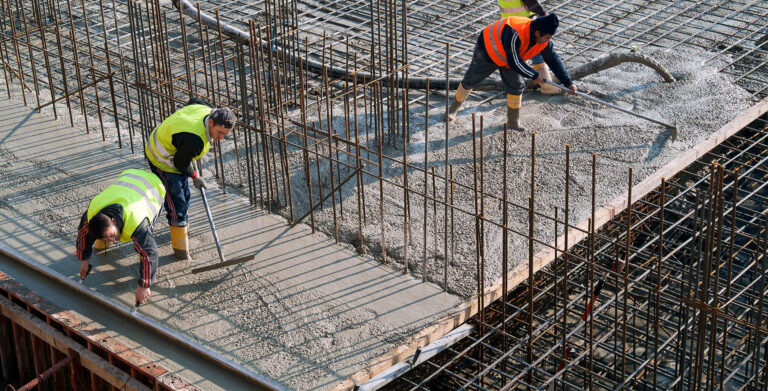F17 plywood is widely regarded as one of the best materials for durable formwork in the construction industry. Its unique properties make it an essential component in various construction projects. Whether you are a professional contractor or a DIY enthusiast, understanding the basics of F17 plywood is crucial to ensure successful and long-lasting formwork.
Understanding the Basics of F17 Plywood
What is F17 Plywood?
F17 plywood, also known as structural plywood, refers to a specific grade of plywood commonly used in construction applications. It is made from multiple layers of veneer sheets, which are cross-laminated and bonded together with a resin adhesive. This cross-lamination gives F17 plywood its exceptional strength and durability.
When it comes to construction projects, F17 plywood is a reliable choice due to its ability to provide structural support and stability. Its composition and manufacturing process ensure that it can withstand the demands of various applications, making it a versatile material for builders and contractors.
Key Features of F17 Plywood
One of the standout features of F17 plywood is its high level of strength. It can withstand heavy loads and pressure, making it ideal for formwork applications where the material needs to support the weight of concrete or other construction materials. Additionally, F17 plywood has excellent resistance to warping and bending, ensuring the formwork maintains its shape throughout the construction process.
Another important characteristic of F17 plywood is its moisture resistance. It is manufactured using special glues that make it resistant to water, making it suitable for formwork applications where exposure to moisture is inevitable. This moisture resistance helps prevent rotting and ensures the formwork remains stable and functional for extended periods.
Furthermore, F17 plywood is known for its dimensional stability, meaning it maintains its shape and size even when exposed to changes in temperature and humidity. This quality is crucial in construction projects where precise measurements and consistent performance are essential for the structural integrity of the build.
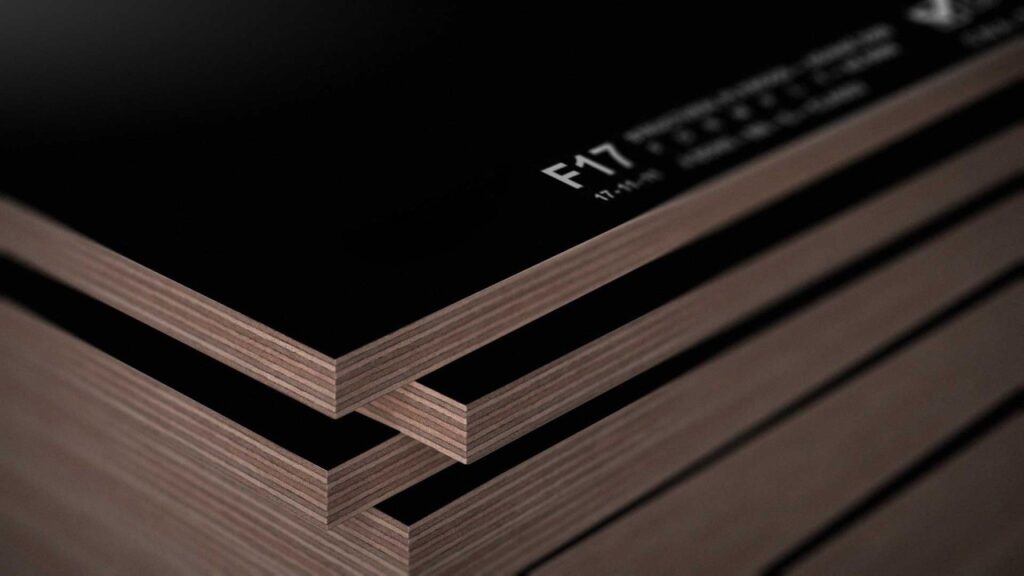
The Role of F17 Plywood in Formwork Construction
Read more at: How to Create Curved Concrete Forms with Plywood
Why Plywood is Used in Formwork
Plywood is a popular choice for formwork due to its versatility and reliability. It provides a smooth and consistent surface for pouring concrete, ensuring uniformity in the finished structure. Additionally, plywood can be easily cut and shaped to fit various formwork requirements, making it adaptable to different construction designs.
Another key advantage of using plywood in formwork construction is its cost-effectiveness. Compared to other materials, plywood is relatively affordable, making it a practical choice for construction projects aiming to control costs without compromising on quality.
Specific Uses of F17 Plywood in Formwork
F17 plywood finds its application in various formwork scenarios. It is commonly used in horizontal formwork such as slabs and beams, where its strength and load-bearing capacity are crucial for supporting the weight of the concrete. F17 plywood is also used in vertical formwork, including walls and columns, to provide stability during the concrete pouring process.
Moreover, F17 plywood’s durability and resistance to warping or bending make it a reliable choice for formwork applications in challenging environmental conditions. Whether exposed to high humidity or extreme temperatures, F17 plywood maintains its structural integrity, ensuring the stability of the formwork throughout the construction process.
In addition to its primary use as formwork, F17 plywood can also be utilized as a finishing material on the exposed surfaces of structures. Its smooth surface allows for easy painting or veneering, enhancing the aesthetics of the finished project.
Comparing F17 Plywood to Other Formwork Materials
When it comes to choosing the right formwork material for construction projects, the comparison between F17 plywood and other alternatives is crucial. Let’s delve deeper into the differences and advantages of F17 plywood compared to steel and plastic formwork.
F17 Plywood vs. Steel Formwork
Steel formwork is renowned for its high strength and durability, making it a popular choice for heavy-duty construction projects. However, the weight and cost of steel formwork can be significant drawbacks when compared to F17 plywood. F17 plywood, known for its strength and flexibility, offers a cost-effective solution that is lighter in weight, making it easier to handle and transport on-site. Additionally, the ease of customization with F17 plywood allows for quick modifications without the need for specialized equipment, providing a practical advantage over steel formwork. Read more about equipment at https://www.brown.edu/research/conducting-research-brown/preparing-and-submitting-proposal/proposal-development-guidance-administrators/equipment-definition
F17 Plywood vs. Plastic Formwork
Plastic formwork has emerged as a lightweight and reusable alternative to traditional formwork materials. While plastic formwork offers convenience in terms of handling and reusability, it falls short in terms of strength and load-bearing capacity when compared to F17 plywood. F17 plywood excels in withstanding heavy loads and harsh environmental conditions, making it a reliable choice for projects that demand structural integrity and long-term performance. Its resistance to impacts and weather elements sets F17 plywood apart as a durable and versatile formwork material that ensures the stability and longevity of construction projects.
Benefits of Using F17 Plywood in Formwork
Durability and Strength of F17 Plywood
The durability and strength of F17 plywood are unmatched in formwork applications. Its ability to withstand heavy loads and resist warping ensures long-lasting formwork that can endure the rigors of the construction process. By choosing F17 plywood, contractors can minimize the risk of costly repairs or replacements during and after construction.
Furthermore, F17 plywood is known for its high resistance to moisture, making it ideal for formwork applications where exposure to the elements is common. This moisture resistance helps prevent the plywood from swelling or delaminating, ensuring the structural integrity of the formwork over time. This characteristic is particularly advantageous in construction projects in humid or wet environments.
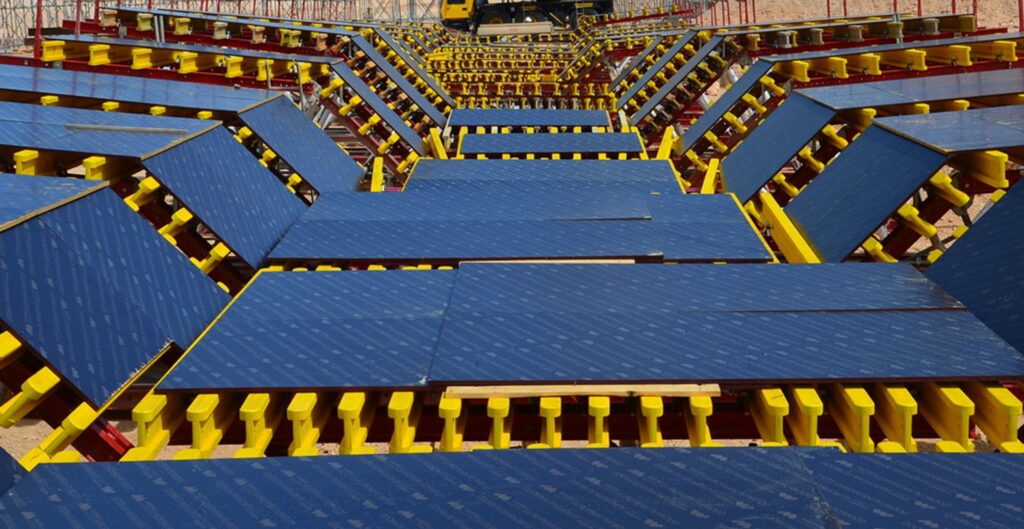
Cost-effectiveness of F17 Plywood
Compared to other formwork materials such as steel or plastic, F17 plywood offers a more cost-effective solution. Its availability and relatively lower price make it an economical choice, especially for smaller construction projects. Additionally, its reusability adds to its cost-effectiveness, as used F17 plywood can be repurposed for future formwork or other construction needs.
Moreover, the lightweight nature of F17 plywood makes it easier to handle and transport on construction sites, reducing labor costs associated with heavy lifting. This ease of handling contributes to the overall cost-effectiveness of using F17 plywood in formwork, as it streamlines the construction process and enhances efficiency.
Tips for Working with F17 Plywood
Proper Handling and Storage
When working with F17 plywood, it is important to handle and store it properly to maintain its quality. Always lift and carry the plywood using proper lifting techniques to prevent damage or injury. Store F17 plywood in a dry and well-ventilated area to avoid moisture absorption, which can compromise its strength and performance. Click here to read more about moisture.
Furthermore, it is recommended to stack the F17 plywood sheets flat to prevent warping or bending. Avoid placing heavy objects on top of the plywood stack to prevent unnecessary pressure that could lead to deformation. By taking these extra precautions in handling and storing F17 plywood, you can ensure that it remains in optimal condition for your construction projects.
Safety Measures When Using F17 Plywood
Ensure your safety when using F17 plywood by wearing appropriate personal protective equipment (PPE) such as gloves and safety goggles. Use caution when cutting or shaping the plywood to avoid accidents. Additionally, always follow the manufacturer’s guidelines and recommendations for proper installation and usage of F17 plywood in formwork construction.
Moreover, it is essential to inspect the F17 plywood for any defects or damage before using it in construction. Check for delamination, cracks, or splinters that could affect the structural integrity of the plywood. By conducting a thorough inspection and addressing any issues promptly, you can mitigate safety risks and ensure the quality of your formwork.

